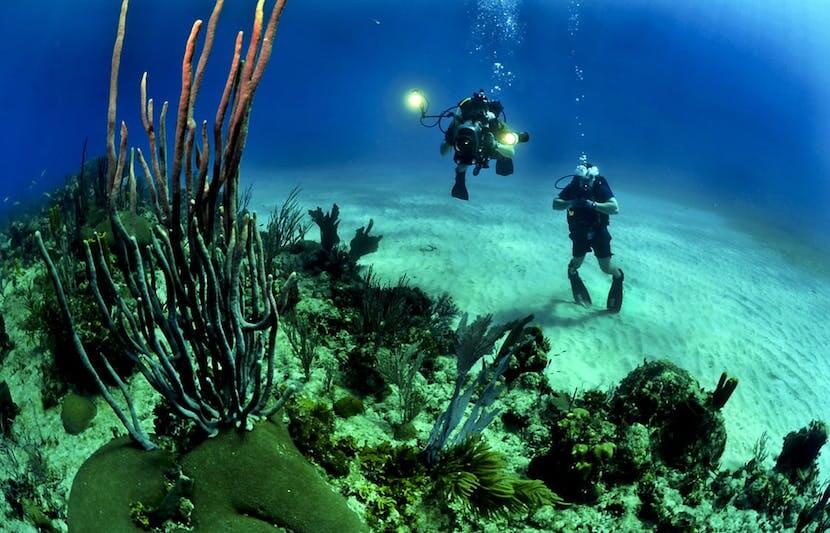A team of researchers from Southern Cross University in Australia has successfully used the sexuality and reproduction capability of coral reefs to repair damaged reefs in the Philippines.
The research is led by Professor Peter Harrison, founding director of the Marine Ecology Research Centre and director of the Institute for Development, Environment and Sustainability (IDEAS) at Southern Cross University, and funded by the Australian Centre for International Agricultural Research (ACIAR).
“Degradation and loss of coral reefs around the world is among the most obvious examples of the damage humans have done to our planet,” Harrison said in a statement. Thankfully, the team’s research shows that it is possible to repair some reefs.
Harrison and his team’s research targeted an area in the Philippines where coral reefs have been significantly degraded by blast fishing. The project involved growing millions of coral larvae in tanks and then transferring them onto the reefs in large underwater mesh tents.
“What we have proven is that microscopic coral larvae can settle and grow as colonies to the size of dinner plates within three years, and be able to sexually reproduce at this early age,” Harrison said in a statement.
This is the first study anywhere in the world that has successfully re-established a breeding coral population from coral larvae settling directly on the reef, and proves that we can start to restore damaged and degraded reefs.
Though seemingly minimal, the repair and restoration of coral reefs is crucial for the health of marine ecosystems. “Coral reefs are global centres of marine biodiversity, so protecting these reefs is critical for the future survival of an estimated million marine species, plus hundreds of millions of people that rely directly on living reef resources for food and survival,” Harrison said. “So protecting remaining healthy coral reefs and starting to restore damaged coral reefs is essential for marine ecosystems around the world.”
Climate change harms coral reefs and is a “key part of the problem,” according to Harrison. The increased light from the absence of monsoon clouds in the summer, mixed with rising sea temperature, causes mass coral bleaching. When coral bleaching occurs, corals will expel algae and become white. While this event is not always fatal, it puts more stress on corals and makes them more susceptible to death. When there is a mass coral bleaching event, tons of reef structures are devastated and destroyed.
Other factors contributing to reef damage and degradation, Harrison explained, include “destructive blast fishing that destroys the reef structure and the fish, crown of thorns seastar outbreaks, increasingly severe cyclones/typhoons, pollution, and coral diseases.”
While repairs to coral reefs are essential for a healthy marine ecosystem, a better way to fix the problem is to stop harm to coral reefs through the reduction of greenhouse gases and the reversal of climate change. Unfortunately, it would take decades for that to happen.
More immediate solutions are, as Harrison suggests, through “improved management of the remaining coral reefs, plus targeted coral restoration such as the ACIAR-funded project in the Philippines to help restore coral communities more quickly on damaged reefs.”
The Philippines project has been executed on small scales (about 100 square meters) so far, but with tremendous results. Harrison plans on replicating his work on a larger scale and hopes that he will receive the proper funding to achieve that goal within the next few years.



